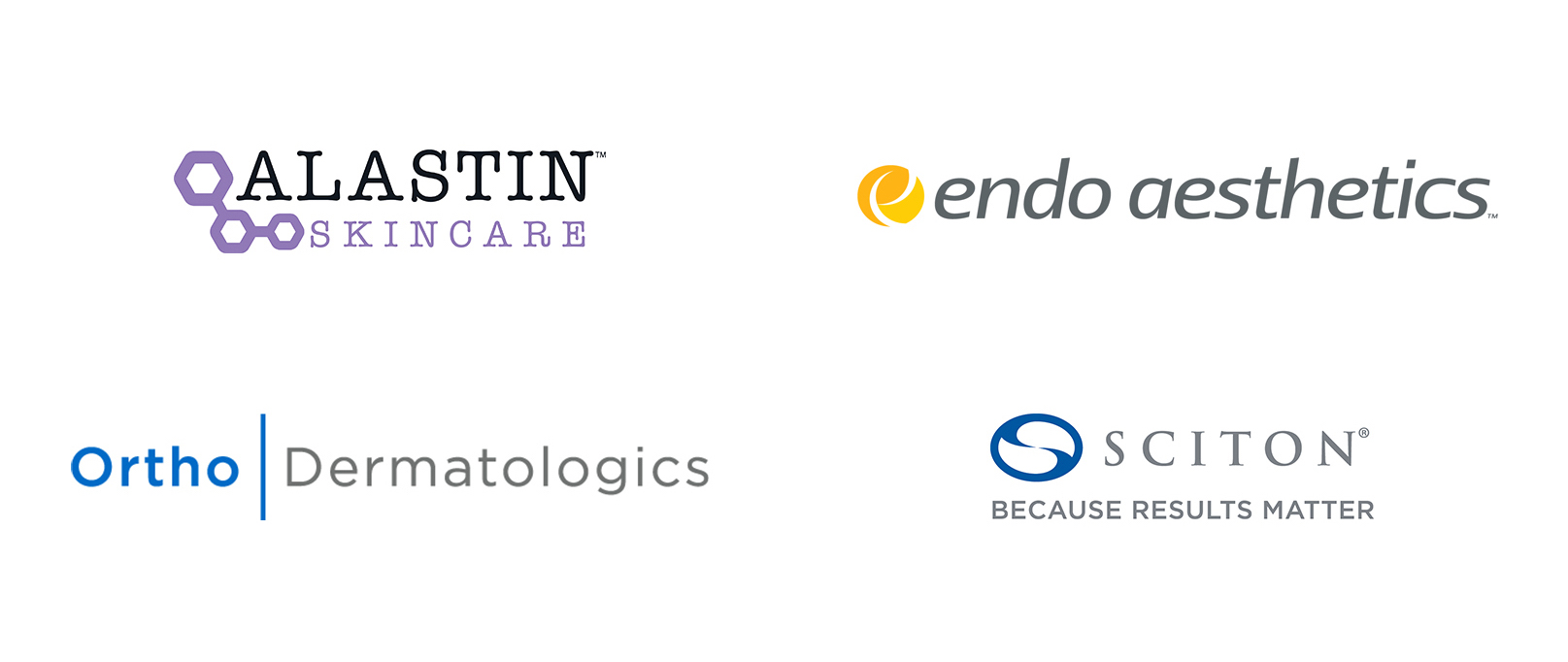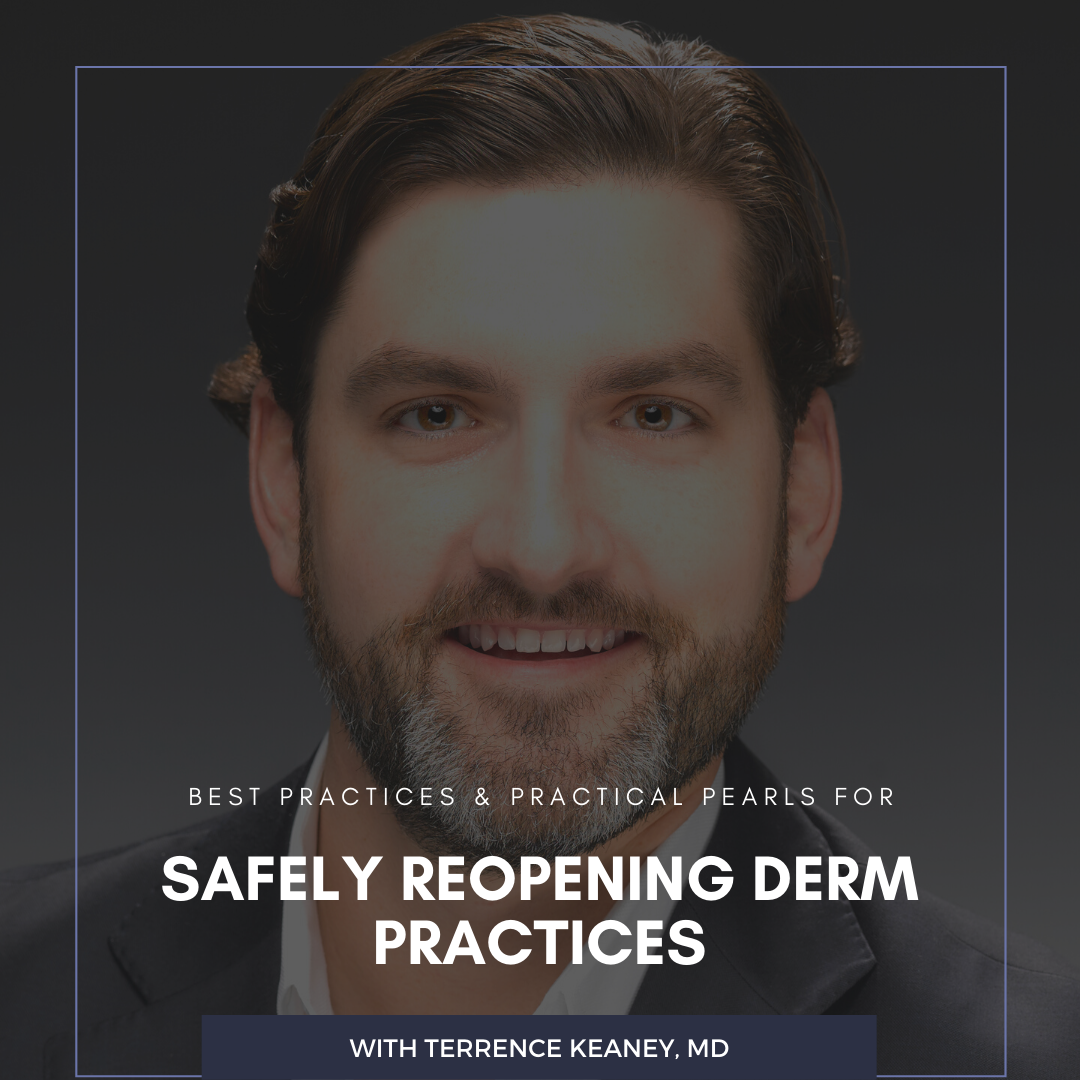Dr. Jeffrey S. Dover, in partnership with the Journal of Drugs in Dermatology, invited a panel of dermatology Key Opinion Leaders to share their experience as they reopen their practices during the COVID-19 pandemic. If you missed the previous videos in the series, you can watch them here. We continue the series with Dr. Terrence Keaney, co-founder of SkinDC, a private practice in the Washington, DC area, Assistant Clinical Professor at George Washington University and Howard University Departments of Dermatology, and Director of the Laser and Lipoatrophy Clinic at the Washington, DC, Veterans Administration (VA) Hospital.
Watch Dr. Keaney as he shares best practices and practical pearls on safely performing the following procedures while navigating the COVID-19 pandemic:
-
- Non-invasive body contouring
- Energy-based procedures of the face and neck
- Skin treatment procedures
Further Reading
Pre- and Post-Procedural Care Best Practices to Enhance Energy-Based Treatment Outcomes
J Drugs Dermatol. 2019;18(8 Suppl 1):s187-195.
Consumer demand for skin tightening and resurfacing procedures has accelerated during the last several years. Numerous energy-based treatment options have emerged for facial rejuvenation together with new complementary skincare products that are specifically formulated for pre- and post-treatment care. Currently, no widely accepted “best practices” guideline exists for combining the safe and effective use of these devices and products for improving clinical outcomes, reducing recovery time, and enhancing overall patient satisfaction. A group of experienced aesthetic dermatologists and plastic surgeons convened for a roundtable discussion of the pre- and post-treatment skincare protocols they currently use with various energy-based facial rejuvenation devices. The objective of this discussion was to generate a Best Practices Guideline. Overall, participants agreed that rejuvenation procedures represent a significant investment in time and money for their patients. Any adjunctive treatment that improves outcomes of a rejuvenation procedure, shortens downtime, and increases patient convenience is desirable and will provide benefits to both the patient and the practice. Participants also agreed that the concept of pre-treatment skin preparation is a recent change in their overall treatment protocol. Depending on the procedure, a variety of pre-treatments being used include hydroquinones for patients prone to post-inflammatory hyperpigmentation, retinoids, moisturizers, ceramides, sunscreens, and exfoliants, along with products specifically formulated for pre-procedure use. Similarly, there is a range of post-procedural treatments including ice packs, vinegar soaks, hydroquinones, oral antibiotics, and antivirals, along with products specifically formulated for post-procedure recovery. Although the use of these treatments varied widely across practices, all authors use the Alastin® Skincare line of products, particularly Regenerating Skin Nectar, for both pre- and post-procedural skincare. Read the full article here.
Stay tuned for the next episode in this series where dermatologic surgeon Dr. Thomas E. Rohrer shares best practices and practical pearls on:
-
- Surgical Treatment-Related Guidance
- Treatment room set up
- Post-Surgery Follow Up
Did you enjoy this video? Find more on Safely Reopening Derm Practices here.
This video series has been supported in part by:


